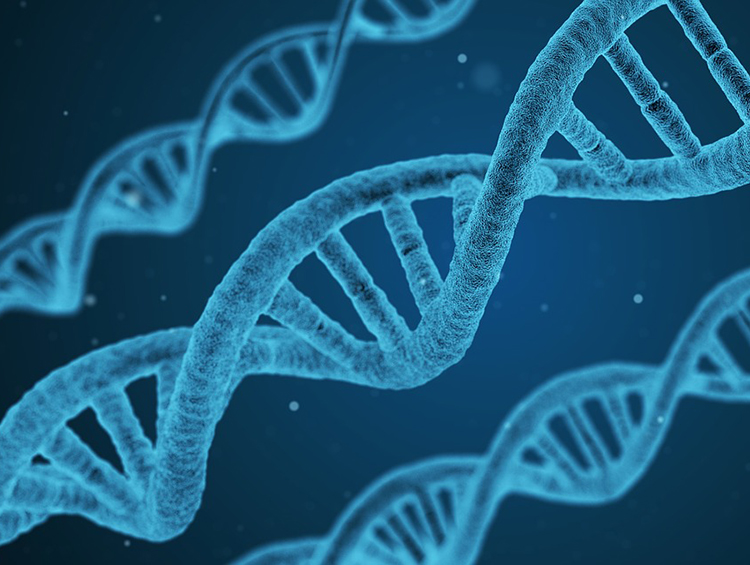
- Criotransferencia, Embriodonación, FIV, Ovodonación
Autora: Sylvia Fernández Shaw
 Español (Spanish)
Español (Spanish) Français (French)
Français (French) English
EnglishPreimplantation Genetic Diagnosis is the earliest diagnostic technique for detecting genetic and chromosomal abnormalities prior to transferring the embryo to the maternal uterus. Its aim is to ensure healthy offspring, prevent the transmission of a particular disease and reduce the risk of abortion.
PGD always requires an IVF-ICSI treatment in order to develop embryos in the laboratory. After 5 days of culture in the laboratory, an embryo biopsy for extraction and study of several cells (or blastomeres) is performed, and the embryos are frozen waiting for the result of the PGD to be ready (15 to 20 days). Embryos which have been extracted altered cells are rejected. Evolutive embryos with normal chromosomes or non-carriers of the disease under study can be transferred to the uterus in a natural cycle the following month.
It is indicated in:
1. Hereditary diseases linked to autosomal or sex chromosomes.
2. Recurrent miscarriages.
3. Repeated implantation failures.
In some cases we recommend couples to acumulate embryos before performing the PGD. This happens when the number of developing embryos after one IVF cycle is low, and this tactic allows to increase the efficacy of the treatment. embryos obtained in every cycle are vitrified in day 5, and are thawed at the same time as the embryos obtained in the last cycle, to perform the DGP in all embryos at the same time. Even though every case has to be individualised, in general it is considered adequate to have 6 to 8 embryos available for PGD.
After PGD it is normal that there is a significant reduction from the initial number of embryos, to the final number of chromosomically normal embryos to transfer. This fact is reflected in that there are 40% of patients that do not have embryos for transfer. Most times this happens because all embryos are abnormal, but there are also technical or biological reasons (mosaicism, lack of embryo development after biopsy…) that can decrease the number of embryos for transfer. Additionally, not all chromosomically normal embryos will implant. The last statistics from the Spanish Fertility Society show that the pregnancy rate per transfer in Spain is 46,8% (take home baby rate per transfer 35.3%) and the pregnancy rate per treatment cycle is 19.8%.
Source: Atlas de Reproducción Asistida
URH García of the Real works, for the PGD, in collaboration with Sistemas Genómicos reproductive genetics unit. This laboratory was the first Spanish laboratory, and among the first in the world, to certify its PGD service. In October 2006 the Spanish Association for Standardisation and Certification (AENOR) certified their DGP services by the norm UNE – EN ISO 9001:2008 (ER 0052-2005). They guarantee a great diagnostic capacity and meet the highest quality standards.


Camino de la Zarzuela, 19 28023 (Aravaca) Madrid.
+34 91 740 16 90
secretaria@urh.es
Monday to thursday
8:00h a 14:00h 15:00h a 19:00h
Friday
8:00h a 14:00h



Demande un rendez-vous.
PIDE CITA
Envíanos este formulario con tus preferencias para la cita (fechas y franja horaria) y te llamaremos por teléfono para concertarla. En caso de que quieras que te contactemos por e-mail indícanoslo en los comentarios. Muchas gracias.